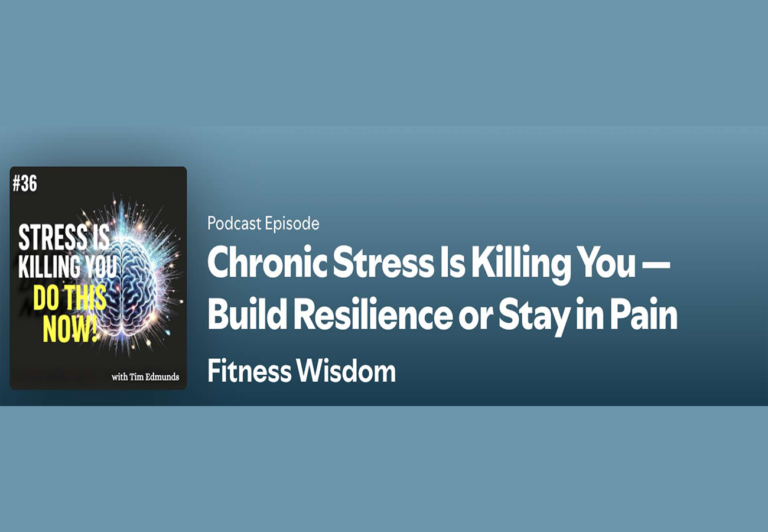In today’s digital era, we are presented with a multitude of communication channels, each with its own distinct advantages and limitations. To help you navigate the diverse landscape of communication in the digital age, we have ranked the top five forms of communication from least to most effective.
5) Texting or Direct Messaging (DM)
Texting and DMs provide unparalleled convenience and speed in communication. However, they are also the most susceptible to misinterpretation due to the absence of vocal cues, facial expressions, and instant feedback. While emojis can assist in conveying emotions, they cannot fully replicate the nuances of human expression.
4) Email Communication
Emails represent a more formal and structured means of communication compared to texting. They excel at facilitating in-depth explanations and serve as valuable documentation tools. Nevertheless, they lack the immediacy of real-time conversations and may be easily buried in a crowded inbox, potentially leading to delayed responses.
3) Voice Notes
Voice notes offer a unique blend of the convenience of texting with the personal touch of hearing someone’s voice. They enable the conveyance of tone and emphasis, reducing the likelihood of misinterpretation. However, they remain asynchronous, with a delay between sending and receiving messages.
2) Phone Calls
Phone calls deliver real-time interactions without the need for physical presence. They provide instant feedback, opportunities for clarification, and the warmth of human interaction. Nonetheless, phone calls still lack the visual cues inherent in face-to-face conversations.
1) Face-to-Face Conversations
Considered the pinnacle of effective communication, face-to-face conversations offer an unparalleled depth and richness. They encompass a wide spectrum of human interaction, including spoken words, tone, facial expressions, body language, and immediate feedback. This mode of communication fosters genuine connections, deep understanding, and empathy.
In conclusion, while technology has bestowed us with a multitude of communication options, the key lies in choosing the most suitable method based on the context and the relationship involved. Sometimes, a quick text suffices, but for more profound and meaningful interactions, nothing surpasses the power of face-to-face conversations.



